




 [Radtour Nord2]
[Radtour Nord2]
History of Dorsten - Station 34: Roman Site
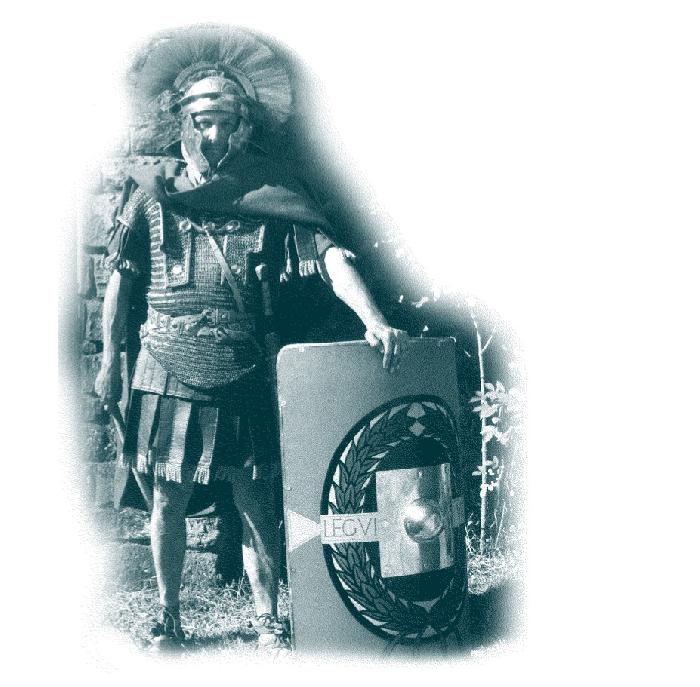
The 34th History Station is a reminder of the traces left by Roman legionaries. Holsterhausen was once a border area - between the Roman Empire and Germania. Around the time that Jesus was born, the Romans tried to conquer Germania. Roman legions travelled along the (River) Lippe during this time and set up military camps in Holsterhausen.
The first traces were discovered in the previous century in the 20`s and 30's. Around 6000 findings were registered during the biggest area excavation in the district of Kreskenhof between 2000 and 2002. Now a History Station, which was designed by pupils of the Petrinum Grammar School, is a reminder of the Roman Era. It was erected at the position where far more than ten Roman military camps in Holsterhausen have been confirmed since 1927.
The new History Station is located at the street address "Zum Aap", level with the crossing of the old train track "in Höhe der Querung der alten Bahnlinie" - and is easily reachable by bike. It's worth having a short pause during a bike-ride!
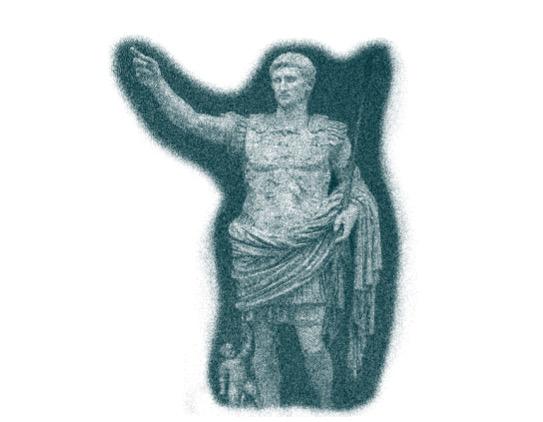 Emperor Augustis - His Rule reached for a Time into our Region. |
seit 12 v. Chr. |
_ |
During the following years, the Romans put up so-called military camps in Holsterhausen, which are protected by moats and ditches. They provide space for one to two legions (6000 - 12000 men). | |
|
|
9 n. Chr. |
_ |
Although the Romans only finally retreated beyond the Rhein in the year 16, Holsterhausen is of no importance for the Romans after the battle known as the "Varusschlacht". | |
|
|
50-60 |
_ |
The Germanic tribes occupy the land cleared and flattened by the Romans. A new small settlement begins, which is shifted several times during the following centuries and is deserted in the 5th century, at the latest. | |
|
The dyke "Hindenburg-Damm" connects Sylt with the mainland. 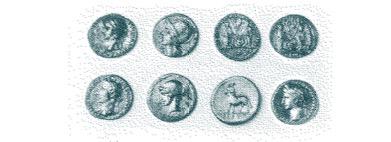 Roman Coins - retrieved during the most recent excavations. | _ |
1927 |
_ |
The history of the location of the finds in Holsterhausen begins with the discovery of four late Roman graves "Bandgräbern" south of where the waterworks are today. Fieldwork around Kreskenhof in 1934 bring a Roman gold coin to light. |
|
|
1952 |
_ |
Following the discovery of an amphora in the centre of the location, archaeological digs are carried out there, which lead to the discovery of a moat area of around 45 hectares. Archaeologists reconstruct a Roman military camp from this. | |
|
The first "Trabbi" Trabant 601 car rolls off the production line in Zwickau. 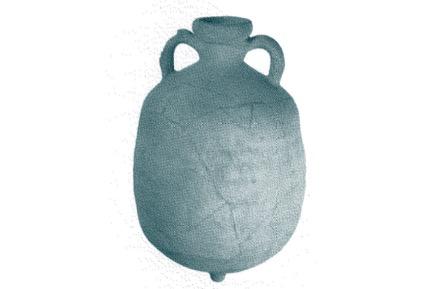 Amphora - found during building work in Holsterhausen. | _ |
1964 |
_ |
During canalisation work in the area of Kreskenhof, a ditch is come across, which contains fragments of Roman Amphorae. This discovery is the reason, three decades later, for the largest area excavation of the provincial-Roman archaeology in Westphalia (Westfalen). |
|
|
1999 - 2000 |
_ |
A further military camp can be proven following the excavations in the area of Koldenfeld. Besides oven ranges "Feldbacköfen", there are also signs of a spread-out Germanic settlement from the 2nd and 3rd century A.D. | |
|
The new Century (Millenium) is welcomed globally with great extravagance.
| _ |
2000 - 2002 |
_ |
The excavations at the site of Kreskenhof result in about 6000 finds, which belong to settlements of the Roman Empire and early Middle Ages. At the conclusion of the excavations it is clear, that there were at least ten Roman military camps in Holsterhausen. |
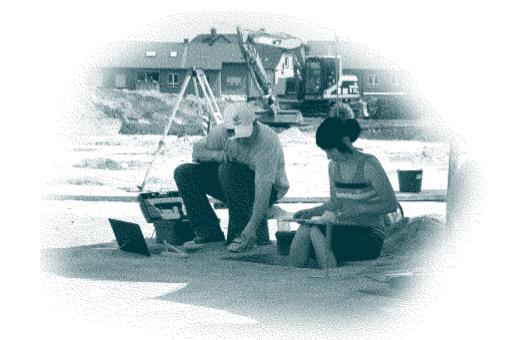 Archaeologists at work |
2006 |
_ |
Further excavations in the building area "Am Dickhofsbusch" are carried out between March and September. Fragments of imported Roman ceramic show that the Germanics who later settled here kept contact with the Romans beyond the Rhine. A farm from between the 7th and 9th century and also one from the 10/11 century were also discovered. |
[zurück]
Daten und Fakten
Eröffnung - 07. Mai 2010
Adresse - The location "Zum Aap" (old train track "alte Bahnlinie")
Geodaten - 51°40'28.03 6°56'12.18
Celebratory Presentation on 7th May 2010
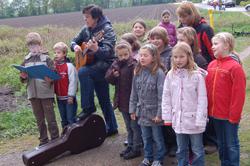
To create the right mood, primary school children sang to the accompaniment of a guitar.
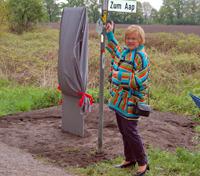
The Mayoress, Ms Christel Briefs, officially presented the new History Station
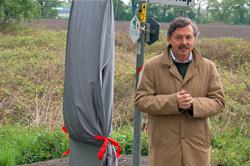
Dr. Rudolf Altkamp, head of the Roman Museum in Haltern, spoke about the influence of the Romans on Dorsten.
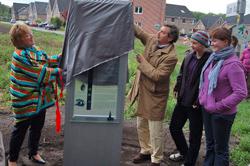
The Unveiling celebration Ceremony. .
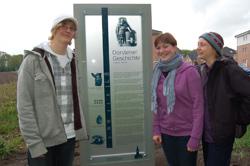
The Pupils of the History Club
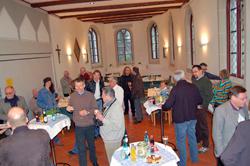
The celebration time in the Parish hall of "St Antonius".
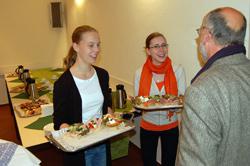
The pupils served a light snack

